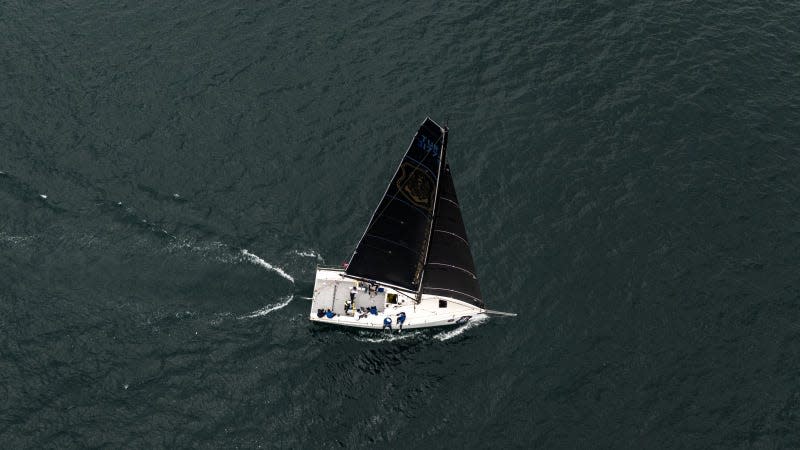Here’s Why Sailboats Can Travel Faster Than The Wind

Here at Jalopnik we usually like to focus on anything with an engine. Whether it’s a gorgeous new Bugatti with a V16 motor at the rear or a ridiculous driveable bathtub that’s powered by a motorbike, we love anything that goes vroom. Sometimes, however, we need to take a ride in the slow lane and look at things that move under their own steam, things like sailboats.
Sailboats have been the go-to way of getting around for many people for thousands of years. The craft are pretty simple, with a hull offering space for the captain, their passengers or cargo, and a sail at the center catching the wind’s power and moving you forward. But have you ever wondered why sailboats aren’t limited to travelling at the same speed as the wind wherever they go?
According to Instagram user Steve Mould, the brains behind the Stevemouldscience page, there’s a very simple explanation for how sailboats can go at almost any speed they want regardless of the wind.
To explain why this is, Mould starts with a model of a boat that has its sail at 45 degrees and pushes it side on. At this angle, the model boat moves as far forward as the simulated wind does when passing over the sail - meaning that both the wind and the ship are moving at the same speed.
Mould explains that this happens because the packet of wind, as he puts it, moves across the sail at the same speed as the other packets of wind around it so as not to cause any areas of low pressure. As it moves over the sail, it pushes the boat forward so it doesn’t cause any resistance to the flow of the wind. If the boat didn’t move, it would provide too much resistance to the wind, which would push it to speed up.
When the sail is pulled in much tighter to the boat, its angle to the wind is more acute and that makes the ship travel faster. This is for the same reason, except now as the packet of air moves forward, the length of the sail that the boat will move forward by is much longer in comparison.
Mould then hypothesizes that surely this means you could pull the sail in even sharper and go even faster. However, he explained that there’s an optimum angle at which the sail should be positioned. If it’s too sharp, the drag of the ship would be too much and the boat risks restricting the wind and capsizing.
It’s a nifty little explainer that gets to the bottom of one of the fundamentals of early transport, so I urge you to head to Mould’s page and give it a watch. While you’re there, check out some of his other videos on hammerhead sharks and sound waves.

 Yahoo Autos
Yahoo Autos 